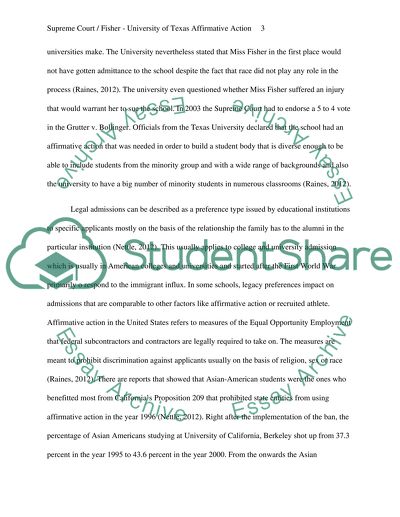Cite this document
(“Supreme Court/Fisher - University of Texas Affirmative Action Research Paper”, n.d.)
Supreme Court/Fisher - University of Texas Affirmative Action Research Paper. Retrieved from https://studentshare.org/law/1402398-supreme-court-fisher-university-of-texas
Supreme Court/Fisher - University of Texas Affirmative Action Research Paper. Retrieved from https://studentshare.org/law/1402398-supreme-court-fisher-university-of-texas
(Supreme Court/Fisher - University of Texas Affirmative Action Research Paper)
Supreme Court/Fisher - University of Texas Affirmative Action Research Paper. https://studentshare.org/law/1402398-supreme-court-fisher-university-of-texas.
Supreme Court/Fisher - University of Texas Affirmative Action Research Paper. https://studentshare.org/law/1402398-supreme-court-fisher-university-of-texas.
“Supreme Court/Fisher - University of Texas Affirmative Action Research Paper”, n.d. https://studentshare.org/law/1402398-supreme-court-fisher-university-of-texas.


